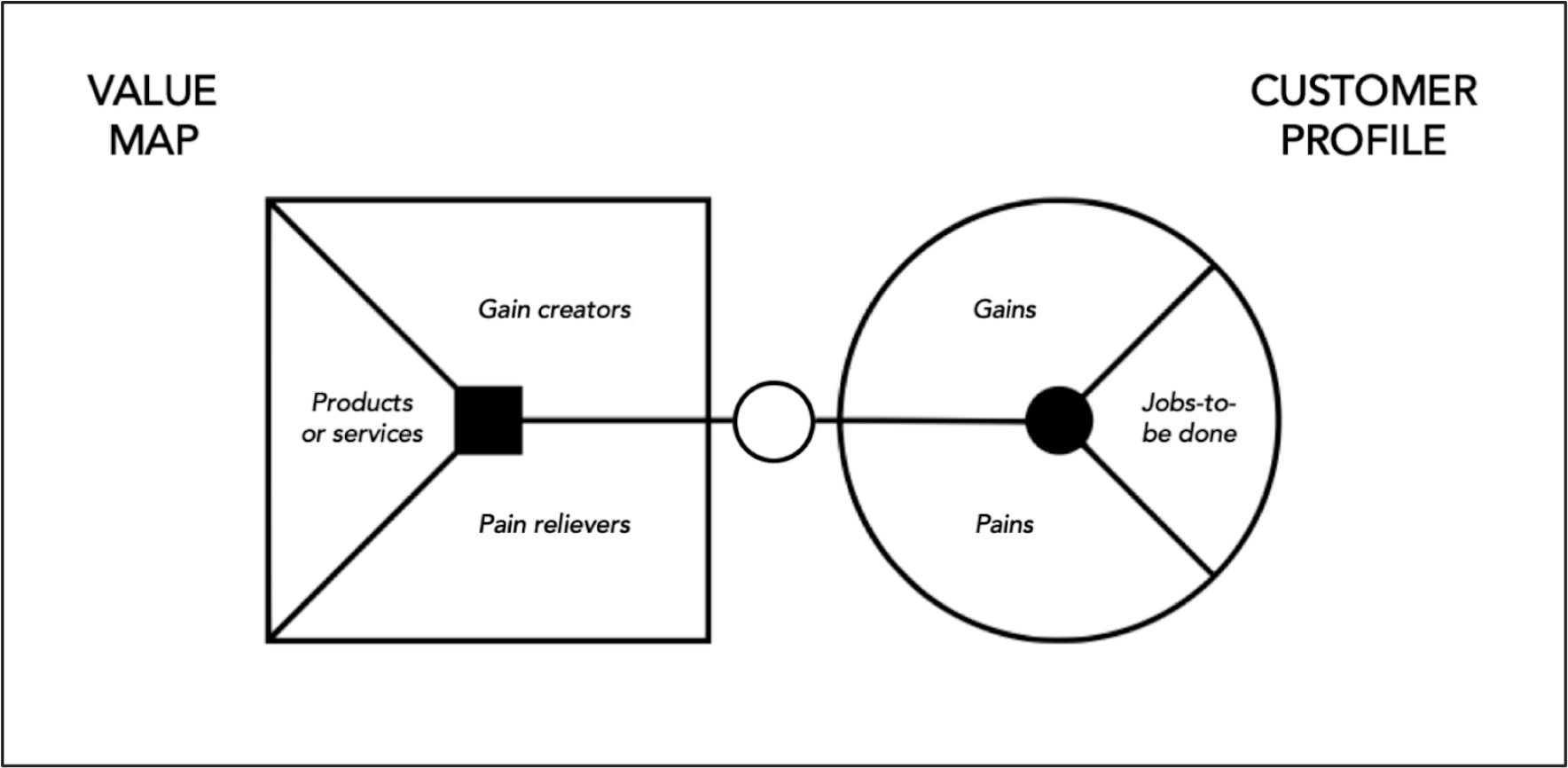How to Generate B2B Leads: 10 Tips for 2023
Are you a SaaS business looking to grow? Look no further; here is our article to help you find the best B2B SaaS Marketing Agencies that support businesses just here is our article to help you find out bla bla.
Up to 45% of product launches are delayed for several reasons — this can include a failure to meet customer requirements and lack of formal launch processes, such as a go-to-market strategy (GTM). These are some of the critical issues that product managers experience internally that result in poor customer reception.
As a revenue leader, you need to have a clearly defined GTM strategy that delivers your unique value proposition to customers. Your GTM is all about getting your audience to see what you see in your product. It’s a plan that details how an organisation can engage with customers to drive sales and gain a competitive advantage.
Essentially, you’re aligning your marketing, sales, and product goals under one umbrella. Within a B2B context, this is a crucial step as you’re trying to sell your product to people who, for the most part, already know what they’re looking for or what the competition looks like.
So, if you want to operate in the B2B SaaS market successfully, you need to consider the sales process within the context of product and marketing — not as an afterthought! Having a tailored and detailed GMT strategy enables you to do that. Keep on reading to learn more!

So, if you want to operate in the B2B SaaS market successfully, you need to consider the sales process within the context of product and marketing — not as an afterthought! Having a tailored and detailed GMT strategy enables you to do that. Keep on reading to learn more!
h2 heading - long text in 2 rows
Even the best product can fail. A study by the Harvard Business School showed that up to 95% of new products launched every year fail. As such, it’s increasingly important to have a refined GTM strategy before launching any new product. A GTM strategy allows you to:
- Avoid mistakes and oversights: A GTM strategy provides you a defined direction to avoid errors, increasing the chances of a successful launch.
- Identify the right product-market fit: Even if you have an innovative and well-designed product, it needs to fit your target market. The strategy allows you to avoid oversaturated markets, which can dampen your launch.
- Manage expectations: Even if the market is receptive to your product, you can’t expect great sales immediately after launch. Your GTM strategy allows you to have reasonable expectations.

Take ample time to do the leg work beforehand and build a GTM to map out your sales, marketing, and product functions — how they work individually and what they hope to accomplish individually, but also how they intertwine and how their goals intertwine.
How to build the blueprint for your GTM
Following a structured path is key to successful product launches. It allows you to identify the right time to scale or scrape an idea before it costs your business. Therefore, knowing how to build a GTM strategy is a vital skill for any product manager. Here are essential steps you need to follow:
1. Pinpoint growth strategy
You need to write a comprehensive strategic plan that considers your goals, tactics, strategies, and competitors. The write-up should also factor in your vision, mission, and value statements as well as budget, operating, and action plans.
This is the ideal time to outline everything about your company and product. If you have a more sales-sensitive product, you need to define the objectives of your support team and the tools they’ll need to achieve those objectives.
2. Determine your value proposition
It’s vital to understand your product in its entirety — its features, benefits, and value. You have better chances of winning customers if you can clearly show the benefits of your product. Also, it’s vital to know who your audience is, why they want your product, and how this helps your business.
Using a value proposition canvas provides an easy way of understanding all these. It helps you to identify the right product features and functionalities that your customers want. Hence, it becomes effortless to improve your conversion rate.

Hence, it becomes effortless to improve your conversion rate.
Your customer relationship management (CRM) tool plays a crucial role in your go-to-market strategy. The tool should enable you to build, nurture, and manage the right relationships with customers from the beginning. It should allow you to stay connected with customers and streamline your record-keeping and communications.
- Pinpoint growth strategy
- Determine your value proposition
- Take your CRM selection process very seriously
Download this FREE guide to learn the best and most effective tactics to growing web traffic, leads, and closing more business than ever before!
Your customer relationship management (CRM) tool plays a crucial role in your go-to-market strategy. The tool should enable you to build, nurture, and manage the right relationships with customers from the beginning. It should allow you to stay connected with customers and streamline your record-keeping and communications.
H3 - How to build the blueprint for your GTM
Your customer relationship management (CRM) tool plays a crucial role in your go-to-market strategy. The tool should enable you to build, nurture, and manage the right relationships with customers from the beginning. It should allow you to stay connected with customers and streamline your record-keeping and communications.
